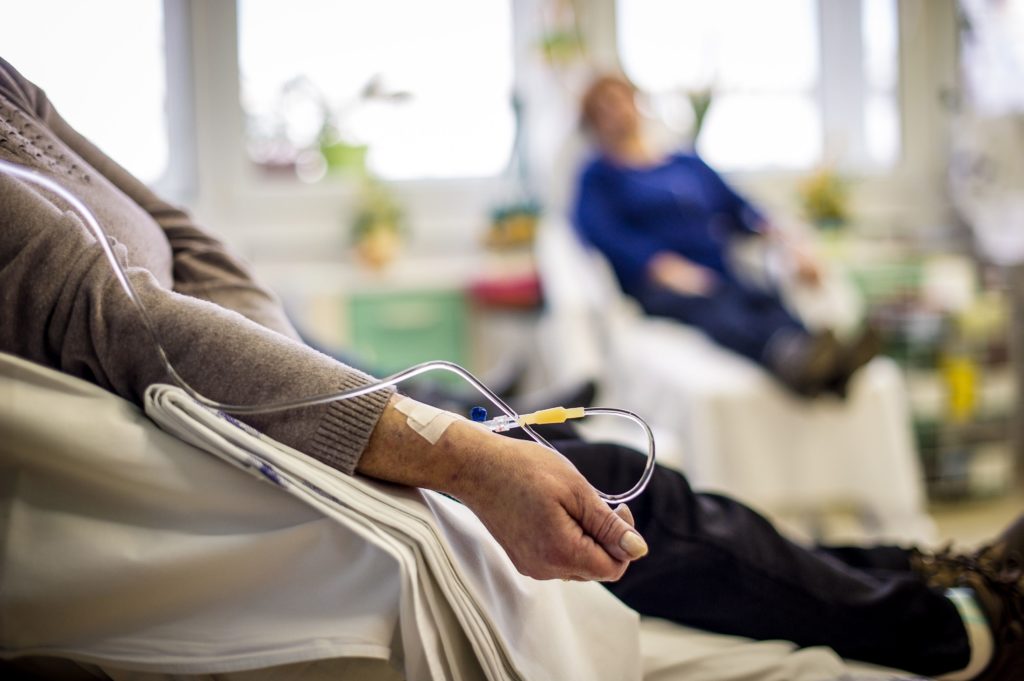
Diagnosed with SMM, SPB, or MGUS?
Learn how you can stall the development of full-blown Multiple Myeloma with evidence-based nutritional and supplementation therapies.
Click the orange button to the right to learn more.
- You are here:
- Home »
- Blog »
- Pre-Myeloma »
- TBL-12- Smoldering Myeloma Therapy?
TBL-12- Smoldering Myeloma Therapy?

High risk smoldering myeloma patients want to slow the inevitable progression to full multiple myeloma. Yet few patients want the toxicity and potential for side effects that come with chemotherapy. TBL-12 could be an answer.
I have read about TBl-12 occasionally over the past dozen or so years. Frankly, this therapy came across as many of the other non-conventional therapies that appear from time to time. It may or may not work meaning, a smoldering patient may or may not benefit from TBl-12. Without studies of any sort, who can say?
For the record, I don’t need the strict interpretation of the phrase “evidence-based” to support a therapy. Conventional oncology requires a randomized controlled trials only to be evidence of efficacy for a given therapy. As a survivor of an incurable blood cancer called multiple myeloma, I broaden my definition of evidence-based to include other forms of research.
I do not, however, consider “anecdotal evidence” to be sufficient evidence. While a single person can experience something, I don’t consider it to be proof of efficacy.
However, TBL-12 plus the nutritional supplementation listed below:
Could very well be the evidence-based therapies needed to keep a high-risk smoldering myeloma patient from becoming a full myeloma patient.
Have you been diagnosed with pre-myeloma aka a SPB, MGUS or SMM? Scroll down the page, post a question or comment and I will reply to you ASAP.
Thank you,
David Emerson
- MM Survivor
- MM Cancer Coach
- Director PeopleBeatingCancer
nutraceutical TBL-12
A Phase II Trial of TBL 12 Sea Cucumber Extract in Patients with Untreated Asymptomatic Myeloma
“Background: Patients with smoldering multiple myeloma (MM) may remain asymptomatic (ASx) for variable amounts of time and are therefore typically monitored without treatment. Chemoprevention trials using thalidomide have found the toxicity to be prohibitive and longer follow up is needed for the early systemic treatment with lenalidomide and dexamethasone of high risk ASxMM.
Based on encouraging preclinical data with bioactive food supplements in MM
- curcumin (Bharti et al., Blood 2003),
- resveratrol (Bhardwaj et al, Blood 2006),
- and a component of green tea extract (Shammas et al, Blood 2006) many patients are already using these agents without definitive proof of efficacy or safety…
The sphingolipids/glycosides contained in sea cucumbers have also been shown preclinically to have a number of antitumor properties including antiangiogenesis direct tumor cytotoxicity, and also of particular relevance to MM, the inhibition of osteoclastogenesis (Kariya et al, Carb Res 2004).
TBL12, an extract of sea cucumber, has been commercially available since 1981 and used by human subjects as a food supplement without any reported toxicities. We therefore designed a pilot phase II study to determine the safety and efficacy of TBL12 in patients with ASxMM and here we present updated data…
Compliance was excellent and the treatment was well tolerated with only grade 1 nausea. There was one SAE, a pneumococcal pneumonia requiring admission, which was felt to be unrelated to study treatment.
A total of 9 patients remain on treatment, having completed a median of 24 monthly cycles of TBL12 (range 20–30 cycles).
The median progression free survival (PFS) has not been reached by Kaplan-Meyer survival analysis, including for high risk patients. The best response to date has been a minimal response (MR) for 5 cycles. 3 patients are on intermittent bisphosphonates therapy q 3–12 months for osteoporosis or equivocal bone lesions unchanged since screening.
8 patients came off study for PD after a median of 7.5 cycles (range 2–18). The reasons for PD include: 1 hypercalcemia, 1 acute renal insufficiency (after 2 cycles with 9.2g urine m spike at screening), 2 for anemia (one after 3 cycles with 90% BM PC at screening), and 1 for a new bony lesion on MRI. 2 patients withdrew consent after cycle 6 and 8, and 1 was removed after cycle 13 due to investigator discretion after the pneumococcal pneumonia SAE.

